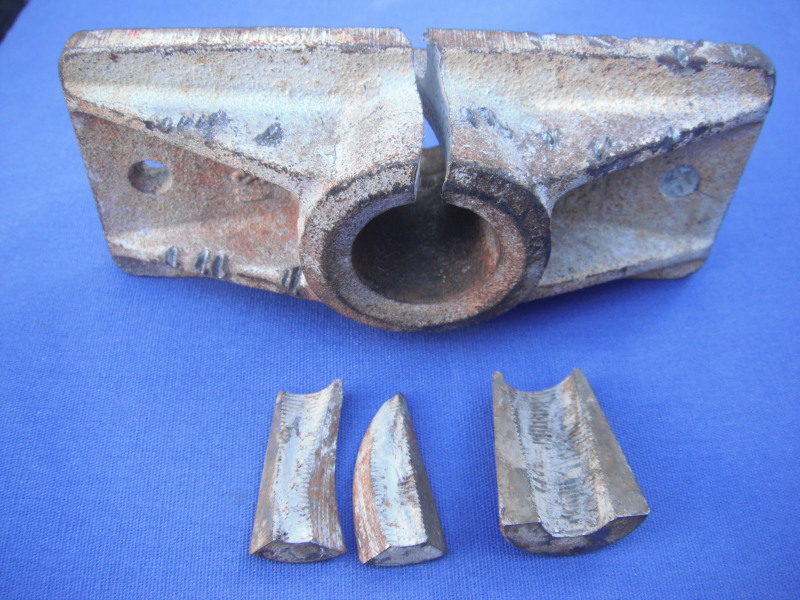jplay2519
Structural
- Oct 7, 2014
- 100
How far do we need to stay away from the tendons? Is it the edge distance specified by the anchor manufacturer or is it specified by ACI?
Follow along with the video below to see how to install our site as a web app on your home screen.
Note: This feature may not be available in some browsers.
Teguci said:Consider, if anything touches a tendon, it's game over. The tendon is compromised, the slab will probably now be deficient and repairs to tendons are expensive and never leave the slab as good as it was. If we are talking about unbounded, you could even be looking at an explosive failure, requiring, if lucky, a change of pants and a long stay at the nearby bar.



